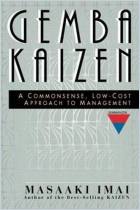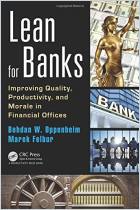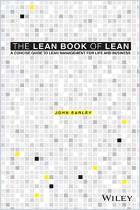Join getAbstract to access the summary!

Join getAbstract to access the summary!
John M. Gross and Kenneth R. McInnis
Kanban Made Simple
Demystifying and Applying Toyota's Legendary Manufacturing Process
AMACOM, 2003
What's inside?
Can you create a demand schedule production system that is efficient and market-responsive? You can if you can kanban.
Recommendation
Visit any healthy manufacturing operation and you’ll see a buzz of bewildering activity - parts being moved on overhead cranes, raw materials being wheeled in, line operators checking their production schedules before they change the line over to their next product. Those production schedules, as this book suggests, can really be a hindrance. Operators become dependent on them, although the schedules may not accurately reflect customer demand. The solution? Kanban, which is based on having a communication system right on the factory floor that communicates key indications of customer behavior - buying, ordering, canceling - directly to the workers themselves. Production activity, therefore, is actually scheduled based on customer demand rather than on past expectations, with the advantage that you hold less inventory and operate more effectively. This book (which comes with a compact disc of implementation directions) gives clear insight into this powerful scheduling system employed efficiently by Toyota and other world-class companies. getAbstract.com highly recommends it to executives, managers and supervisors of companies that earn their living by making widgets more successfully.
Summary
About the Authors
John M. Gross is an avid student of quality control and industrial processes, having held various engineering and management positions in the food and automotive sectors. He is a licensed engineer, a Six Sigma Blackbelt, an ASQ Certified Quality Engineer and an AFE Certified Plant Engineer. He also wrote The Fundamentals of Preventive Maintenance. Kenneth R. McInnis is a Six Sigma Greenbelt who writes extensively on topics related to productivity, and has been published internationally in trade magazines. He has held various management positions in the apparel, automotive and food industries.























Comment on this summary